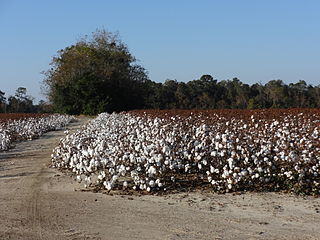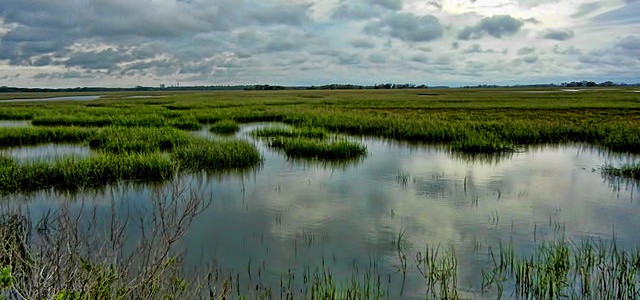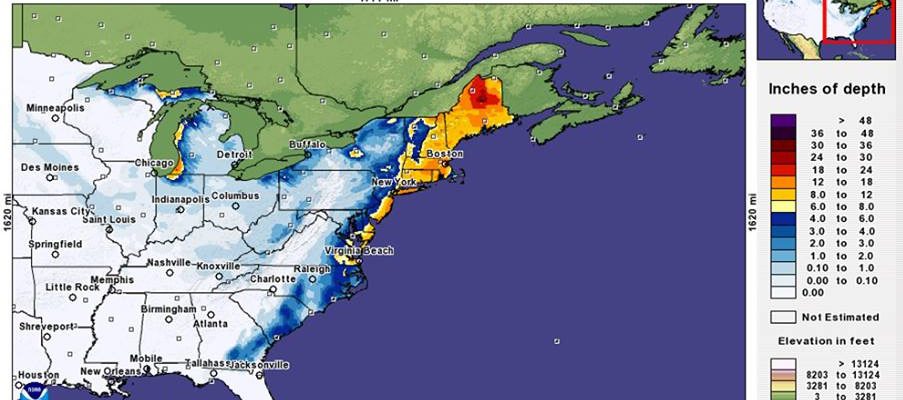-

Fruit Growers News reported on a recent UF/IFAS web-based tool which is designed to help strawberry growers in Florida and South Carolina manage for botrytis and anthracnose fruit rots. It uses data such as temperature and leaf wetness to advise producers when to spray fungicides to help prevent these devastating diseases. You can read more…
-

If you are interested in looking at long-term trends in climate across the US, this “Beyond the Data” article by Jake Crouch does a great job of explaining where to get trend data and how to interpret it. I use NCEI’s tooks like the “Climate at a Glance” tool all the time when I give…
-

Here’s a really interesting story by Brad Haire of Southeast Farm Press on some farmers’ work to turn a pine forest into a productive cotton field. The climate plays a factor in the story as they were aided (and sometimes impacted) by the dry conditions caused by the 2016 drought across the Southeast. You can…
-

After a mostly dry weekend, rain should return to all of the Southeast by mid-week, increasing its coverage to include all of the region by the end of the week, according to the latest 7 day QPF maps. Amounts will vary from 0.5 inches along the coastal plain of Georgia to over 2 inches in…
Posted in: Climate outlooks -

The coastlines and wetlands of Louisiana are disappearing at an alarming rate due to the combination of subsidence of land, erosion and rising sea levels. According to a recent article in the American Association of Geographers newsletter, erosion alone is causing losses of a football field-sized area every hour. This coastline once accounted for 40%…
-

Atlas Obscura has interesting stories about many obscure topics, and this is no exception. The answer is—they were all used to test hot air balloons before humans went up in them. You can read more about their exploits here.
-

For those of you who love snow and enjoyed the unusual winter conditions along the East Coast, you might be interested in this snowfall map published by Steve Hilberg on the CoCoRaHS Facebook page. Areas in the Northeast got a lot more than we did!
Posted in: Climate and Ag in the news